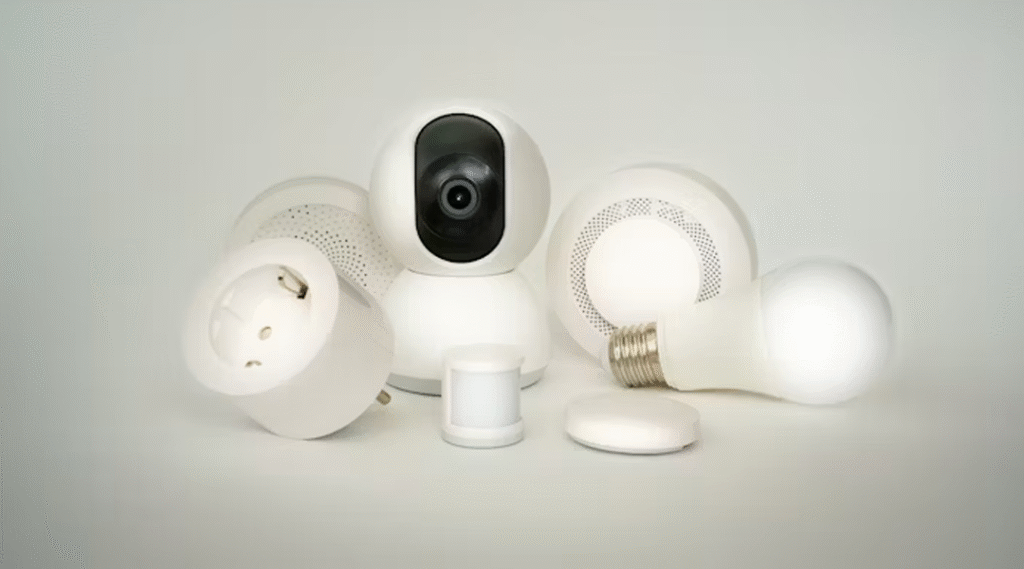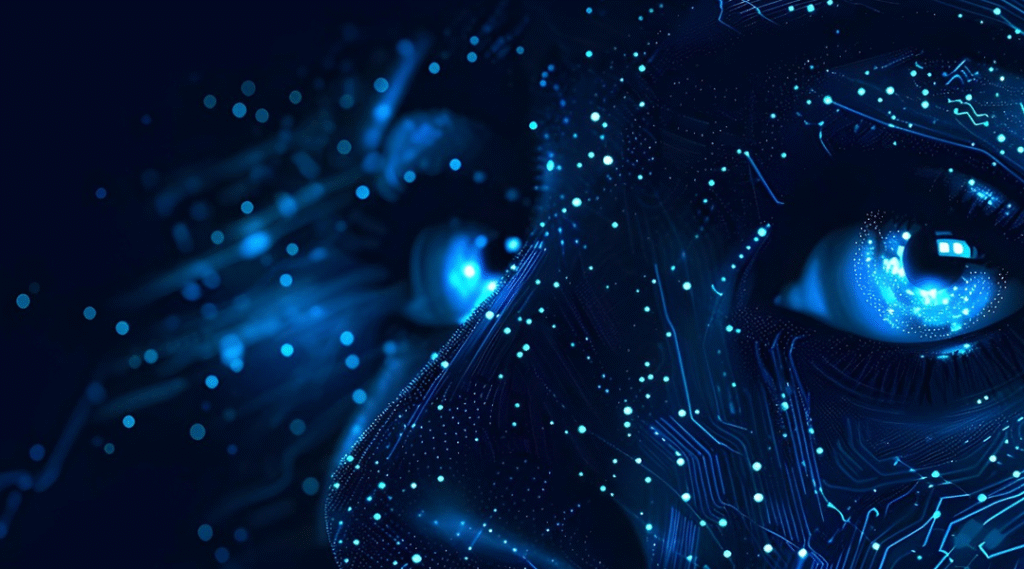In an era where connectivity defines comfort, smart cameras are rapidly emerging as the linchpin of the modern smart home. Beyond plugging security gaps, these intelligent vision systems provide real‑time insights, seamless automation, and advanced analytics that transform conventional dwellings into adaptive, responsive environments. This article explores how smart cameras build the foundation for smart homes—powering security, influencing energy management, enhancing convenience, and enabling next‑generation AI services.
1. The Security Cornerstone: From Passive Viewing to Active Defense
Smart cameras first captivated homeowners by bolstering security. Unlike analog CCTV, contemporary devices stream encrypted, high‑definition video to smartphones and cloud services, enabling 24/7 remote monitoring. Built‑in features such as motion detection, person‑only alerts, and two‑way audio minimize false alarms and ensure rapid response to real threats. By integrating with smart locks and alarm systems, cameras trigger automated actions—locking doors, activating sirens, or alerting emergency contacts—thereby shifting from passive recording to proactive defense.
2. Seamless Integration: Anchoring the IoT Ecosystem
A smart home is only as robust as its interlinked devices. Leading cameras from brands like Nest, Arlo, and Ring natively connect to broad IoT ecosystems—linking with lighting, thermostats, and voice assistants. For instance, when a smart camera detects occupancy, it can signal smart lights to illuminate hallways or cue the thermostat to switch to comfort mode. Likewise, integration with hubs like Samsung SmartThings or Amazon Echo Show centralizes control, enabling users to view multiple camera streams on a single dashboard and automate multi‑device “scenes” with a tap or voice command.
3. AI‑Driven Intelligence: Turning Pixels into Insights
At the core of today’s smart cameras lies on‑device and cloud‑based artificial intelligence. Computer‑vision algorithms distinguish between people, vehicles, and pets—filtering out irrelevant events such as rustling leaves. Facial recognition and activity analytics enable personalized notifications (“Mom just arrived home”) and behavior‑based automations (e.g., disarming alarms when a family member enters). Over time, machine learning refines detection accuracy, adapting to individual home layouts and resident routines. This deep intelligence lays the groundwork for broader AI applications, including predictive maintenance (spotting HVAC anomalies) and wellness monitoring for elderly or at‑risk residents.
4. Energy Efficiency & Environmental Awareness
Beyond security, smart cameras contribute to greener, more efficient homes. Integrated with smart lighting and HVAC systems, occupancy data from cameras allows dynamic adjustment of temperature and illumination—saving energy when rooms are unoccupied and restoring comfort upon entry. Day‑night detection can modulate window shades or outdoor lighting schedules to reduce heating, cooling, and electricity costs. Advanced analytics even detect humidity and air‑quality changes (via accessory sensors), prompting ventilation adjustments or air‑purifier activation. Through continuous environmental monitoring, cameras become silent custodians of home sustainability.
5. Privacy and Data Protection: Balancing Convenience with Control
As cameras penetrate every corner, homeowners rightly demand strong privacy safeguards. Leading smart‑camera makers address this through end‑to‑end encryption, granular motion‑zone configuration (e.g., masking neighbor’s windows), and local‑storage options that keep footage off the cloud. On‑device AI also reduces reliance on external servers for baseline tasks, minimizing data exposure. Transparent privacy policies and user‑friendly controls—such as physical lens covers and permission‑based sharing—build trust and encourage broader adoption of camera‑driven automations.
6. Future Horizons: From Augmented Reality to Autonomous Homes
The evolution of smart cameras is only beginning. Upcoming models will integrate depth‑sensing LiDAR for precise room mapping and object tracking, enabling augmented‑reality overlays that guide cleaning robots or assist in DIY projects. Edge‑compute enhancements will allow real‑time translation of visual cues into voice prompts—offering navigational assistance for visually impaired residents. As homes become more autonomous, multi‑camera networks will collaborate to choreograph complex routines—waking residents with gradual light changes, brewing coffee upon detecting morning activity, and securing premises as occupants depart.
Smart cameras have transcended their origins as mere security gadgets to become indispensable pillars of the smart‑home ecosystem. By delivering intelligent surveillance, seamless IoT integration, AI‑powered insights, and energy optimization, they set the stage for truly adaptive, personalized living spaces. As privacy‑preserving designs and advanced sensing technologies mature, smart cameras will continue to expand their role—shaping homes that not only respond to human needs but anticipate them, heralding a new dawn of autonomous comfort.
More for Smart IoT:
Cultivating the Future: How AI and Smart IoT Are Revolutionizing Agriculture
The Convergence of AI, 5G, and Smart IoT: Shaping the Future of Urban Traffic Management
Harnessing AI and 5G: Pioneering the Next Wave of Smart Cities
As for in-depth insight articles about AI tech, please visit our AI Tech Category here.
As for in-depth insight articles about Auto Tech, please visit our Auto Tech Category here.
As for in-depth insight articles about Smart IoT, please visit our Smart IoT Category here.
As for in-depth insight articles about Energy, please visit our Energy Category here.
If you want to save time for high-quality reading, please visit our Editors’ Pick here.



